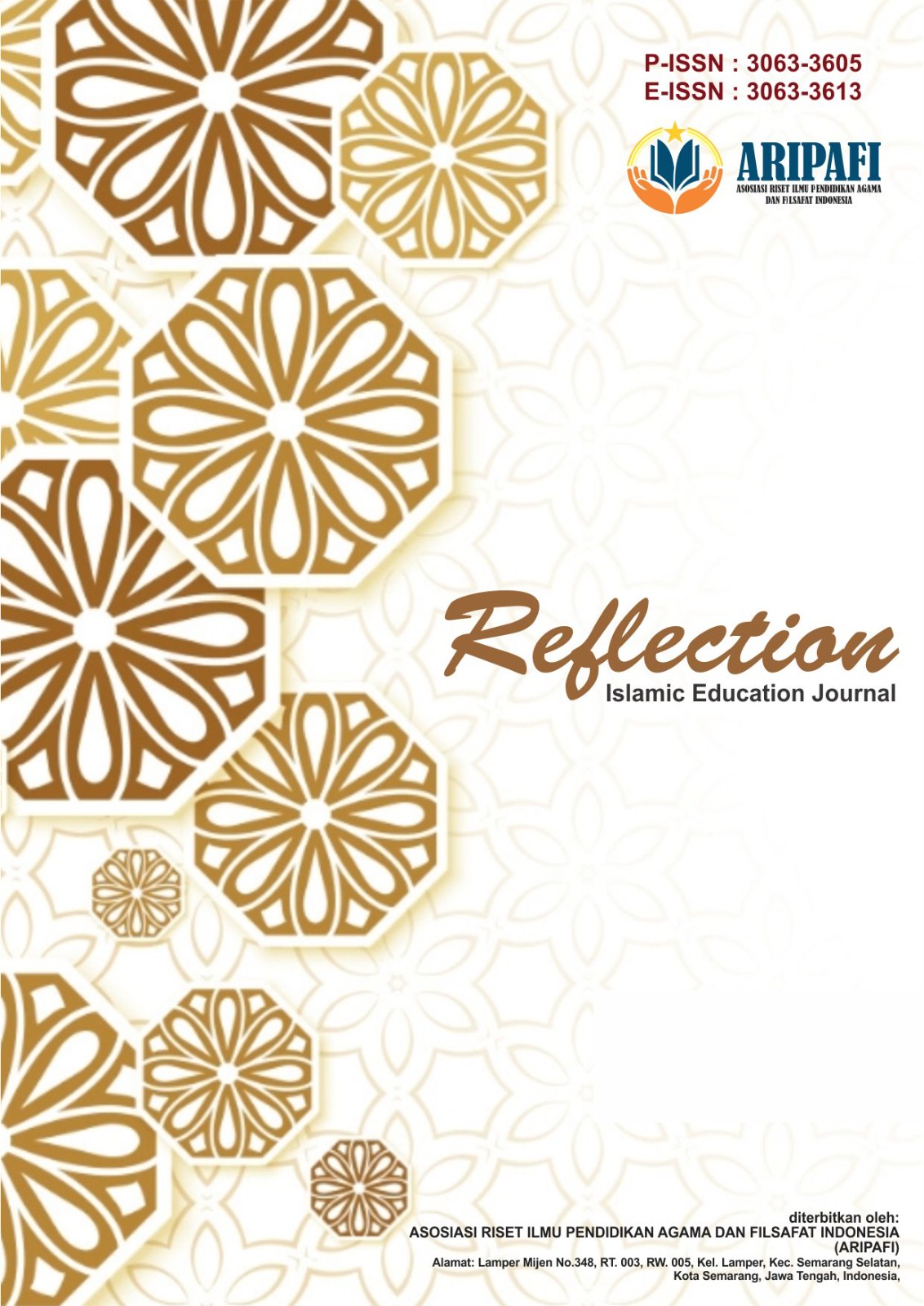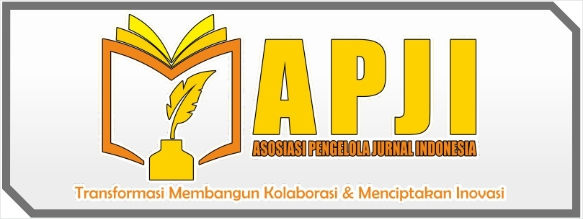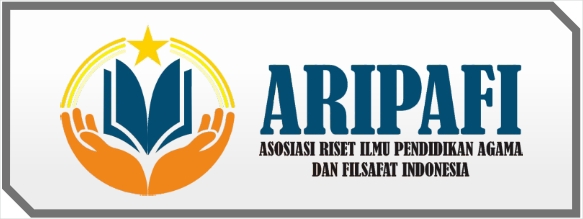Memasyarakatkan Al-Qur’an Perspektif Quraish Sihab
(Studi Analisis Surah Al-Fatir: 29)
DOI:
https://doi.org/10.61132/reflection.v2i2.710Keywords:
Society, Al-Qur'an, Surah Al -Fatir: 29Abstract
This study aims to examine Quraish Shihab's understanding and perspective in popularizing the Qur'an, focusing on Surah Al-Fatir: 29. This surah was chosen because it contains an important message about the role of reading and understanding the Qur'an in everyday life. In this study, a qualitative approach with analysis of the interpretation text is used to explore the meaning and relevance of the verse according to Quraish Shihab. This study found that Quraish Shihab emphasized the importance of reading the Qur'an with full appreciation, not only as a ritual activity, but also as a life guide that can be applied in social life. He also invited Muslims to make the Qur'an a source of inspiration in facing the challenges of the times. Through this understanding, society is expected to be closer to the Qur'an and apply its teachings in everyday life. This study contributes to the understanding of contemporary interpretation, as well as promoting the importance of popularizing the Qur'an as a relevant and applicable life guide.
References
Agama RI, Kementerian. (n.d.). Al-Qur’an Kemenag. Retrieved November 10, 2024, from https://quran.kemenag.go.id/quran/per-ayat/surah/73?from=15&to=20
Aly, H. N. (2009). Ilmu pendidikan Islam. Jakarta: Logos.
Aminudin, Et al. (2005). Pendidikan agama Islam untuk perguruan tinggi umum. Bogor: Ghalia Indonesia.
Amrullah. (2013). Ilmu al-Qur'an untuk pemula. Bandung: Mizan Pustaka.
Anwar, R. (2004). Ulumul Qur’an. Bandung: Pustaka Setia.
Anwar, R. (2014). Cara mudah memahami bahasa al-Qur'an. Bandung: Mizan Pustaka.
A'zami, M. (2005). The history of the Qur'anic text: From revelation to compilation. Jakarta: Gramedia Pustaka Utama.
Baharuddin. (2007). Psikologi pendidikan: Refleksi teoretis terhadap fenomena. Yogyakarta: Ar-Ruzz Media.
Damiri, Sunan Ad-Damiri. (n.d.). Beirut: Dar Kutub al-Ilmiyah.
Djamarah, S. B. (2006). Prestasi belajar dan kompetensi guru. Surabaya: Usaha Nasional.
Hafizh, A. (2005). Bimbingan praktis menghafal al-Qur'an. Jakarta: Bumi Aksara.
Ismail, M. B. (n.d.). Shahih Bukhori Kitab Nikah Bab Nikah Juz 2, nomor Hadis 3676.
Madyan, A. S. (2008). Peta pembelajaran al-Qur'an. Yogyakarta: Pustaka Pelajar.
Masduki, M. (2012). Kajian atas Amtsal al-Qur'an. Yogyakarta: Pustaka Pelajar.
Masduki, M. (2012). Tafsir al-Misbah M. Quraish Shihab: Kajian atas Amtsal al-Qur'an. Yogyakarta: Pustaka Pelajar.
Nawabudin, A. R. (1988). Metode efektif menghafal al-Qur'an. Jakarta: CV Tri Daya Inti.
Nawawi, H. (2006). Ilmu tajwid popular. Jakarta: Bumi Aksara.
Pena, T. P. (2005). Kamus besar bahasa Indonesia. Jakarta: Gita Media Press.
Poerwadarminta, W. J. S. (n.d.). Kamus umum bahasa Indonesia.
Rauf, A. A. (2004). Kiat sukses menjadi hafizh Qur'an da'iyah. Bandung: Syaamil Cipta Media.
Shabir, M. (2013). Terjemah Riyadhus Shalihin II. Bandung: Mizan Pustaka.
Sihab, Q. (2006). Rasionalitas al-Qur'an: Studi kritis atas tafsir al-Manar. Jakarta: Lentera Hati.
Sihab, Q. (2007). Membumikan al-Qur’an: Fungsi dan peran wahyu dalam kehidupan masyarakat. Bandung: Mizan Pustaka.
Sihab, Q. (2012). Tafsir al-Lubab. Tangerang: Lentera Hati.
Sihab, Q. (2013). Membumikan al-Qur'an. Bandung: Mizan Pustaka.
Usman, M. U., & Setiawati, D. L. (2009). Upaya optimalisasi kegiatan belajar mengajar. Jakarta: Logos.
Wahid, W. A. (2009). Cara cepat bisa menghafal al-Qur'an. Jakarta: Logos.
Yunus, M. (2008). Kamus Arab-Indonesia. Jakarta: Hidakarya Agung.













